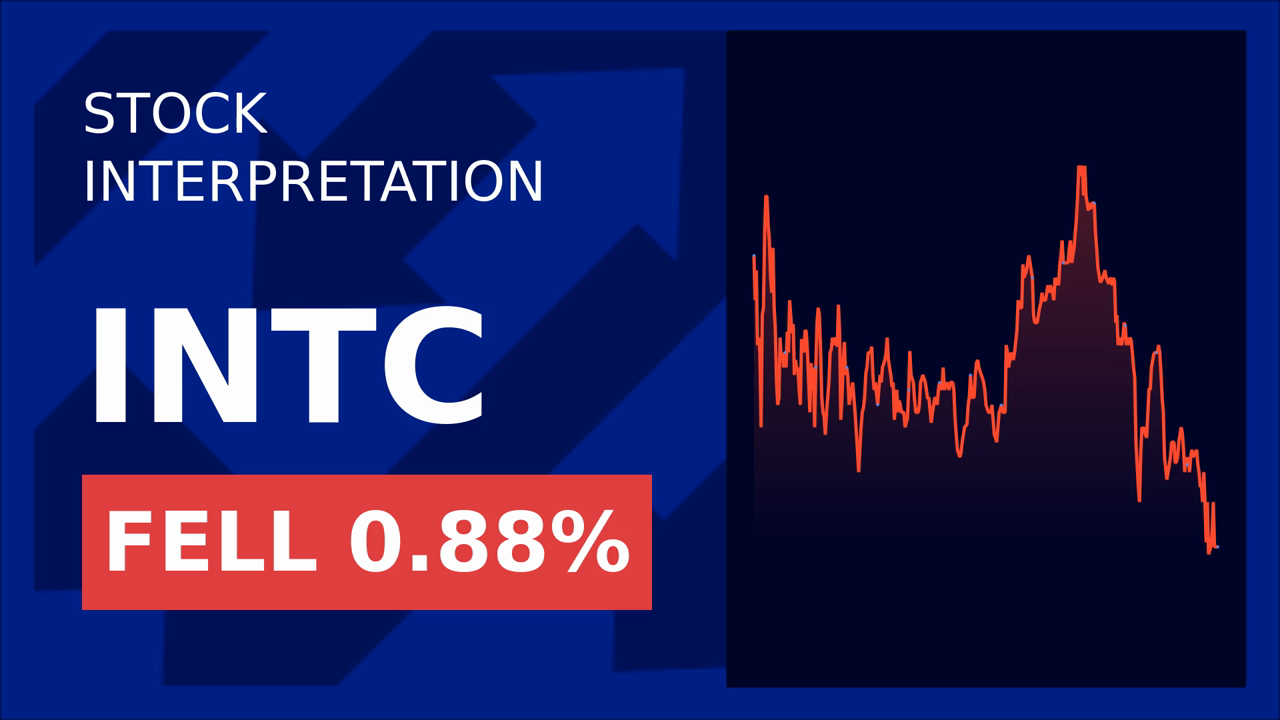Intel Stock Soars on Q1 Beat, But Q2 Guidance Sparks Concerns: What’s Ahead?
Intel’s stock surged 5% in early trading on Wednesday after the chip giant reported first-quarter results that beat Wall Street expectations. However, shares quickly reversed course, dropping 7% in extended trading as investors grappled with cautious second-quarter guidance and lingering concerns about the semiconductor industry’s slowdown. The mixed reaction highlights a critical question for investors: Can Intel’s strategic pivot under new CEO Lip-Bu Tan deliver sustained growth, or will macroeconomic headwinds and cutthroat competition keep the company on shaky footing?
Q1 Results: A Beat, But Not a Breakout
Intel reported Q1 revenue of $12.7 billion, matching the year-ago period but exceeding analysts’ expectations of $12.3 billion. The company’s adjusted EPS of $0.13 also beat estimates of $0.01, marking a modest rebound from its recent struggles. Key drivers included strong performance in its Data Center and AI (DCAI) segment, which grew 8% to $4.1 billion, and its Intel Foundry Services (IFS), which rose 7% to $4.7 billion. The foundry division, now a critical focus under Tan’s leadership, is benefiting from partnerships with Microsoft and Qualcomm, though it remains a small slice of Intel’s overall revenue.
However, the company’s Client Computing Group (CCG)—its traditional PC chip business—continued its slide, falling 8% to $7.6 billion. This decline underscores the broader slowdown in PC demand, a trend intel has struggled to counter despite launching new Core Ultra and Xeon 6 processors.
Q2 Guidance: Caution Ahead
The real drama came with Intel’s second-quarter outlook. The company forecast revenue between $11.2 billion and $12.4 billion, with a midpoint of $11.8 billion—far below the $12.8 billion analysts expected. Intel also predicted breakeven adjusted EPS, contrasting sharply with the $0.06 per share analysts had anticipated.
CEO Tan cited “macroeconomic uncertainties” as a key factor, including the risk of renewed U.S.-China trade tensions and supply chain bottlenecks. The company also announced further cost-cutting: operational expenses will drop to $17 billion in 2025 (from $17.5 billion) and capital expenditures to $18 billion (from $20 billion). These moves aim to bolster margins, but they also signal a retreat from aggressive investments in manufacturing and innovation.
The Bigger Picture: Foundry Growth vs. AI Competition
Intel’s long-term hopes hinge on its foundry business and AI chip initiatives. The sale of its NAND business to SK Hynix and plans to offload a 51% stake in Altera to Silver Lake—part of its “Smart Capital” strategy—should free up resources for these priorities. Progress on its 18A manufacturing process node (due in 2025) is critical to competing with TSMC and Samsung, which have dominated advanced chip production.
Yet Intel faces fierce competition in AI. Rival NVIDIA’s H100 GPUs dominate the AI training market, while AMD’s MI300X chips are gaining traction. Intel’s upcoming Habana Gaudi3 AI processor aims to close the gap, but analysts remain skeptical about execution timelines.
Risks Looming Over the Horizon
Investors must weigh several risks:
1. Geopolitical Risks: New tariffs on semiconductors or laptops could hurt Intel’s U.S.-based manufacturing.
2. Supply Chain Delays: The 18A node’s ramp-up is already delayed, and further hiccups could strain margins.
3. PC Demand: The CCG’s decline shows no signs of reversing, and Intel’s share of the PC chip market has slipped to 82% from 90% in 2020.
4. Leadership Transition: Tan’s cost-cutting and focus on profitability may come at the expense of long-term R&D investments.
What’s Next for Investors?
Intel’s stock now trades at a price-to-sales ratio of 1.8x, near its 52-week low, suggesting investors are pricing in pessimism. However, the company’s beat on Q1 and its foundry momentum offer cautious optimism.
Bullish case: If Intel can stabilize its foundry business and gain AI market share, its valuation could rebound. The company’s $4.7 billion in foundry revenue in Q1 already outpaces TSMC’s client-processor sales in North America, hinting at untapped potential.
Bearish case: Persistent macroeconomic headwinds and execution missteps could keep Intel in a rut. Analysts project just 0.3% revenue growth in 2025, compared to 6.4% in .S&P 500.
Conclusion: A Stock for Patient Investors
Intel’s Q1 beat was a bright spot, but its Q2 guidance and ongoing challenges underscore the uphill battle ahead. The company’s pivot to foundry and AI is necessary, but success depends on executing a complex restructuring plan while competing against nimbler rivals.
Investors should consider Intel a long-term play, not a quick rebound story. While the stock’s valuation is depressed, the path to growth is littered with risks—from geopolitical tensions to the AI arms race. For now, Intel’s future hinges on whether Tan can deliver operational discipline without stifling innovation. Until then, patience—and a tolerance for volatility—are required.


_b905d9341749265671656.jpg)








